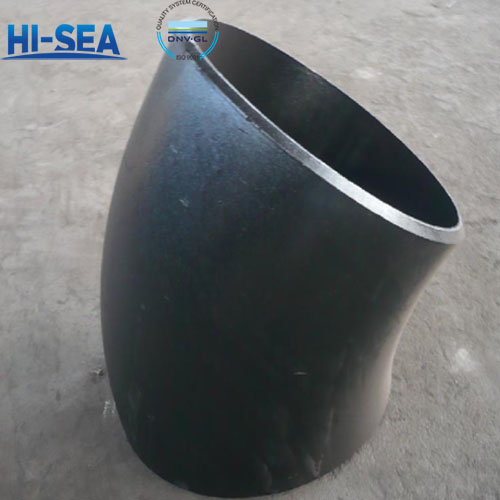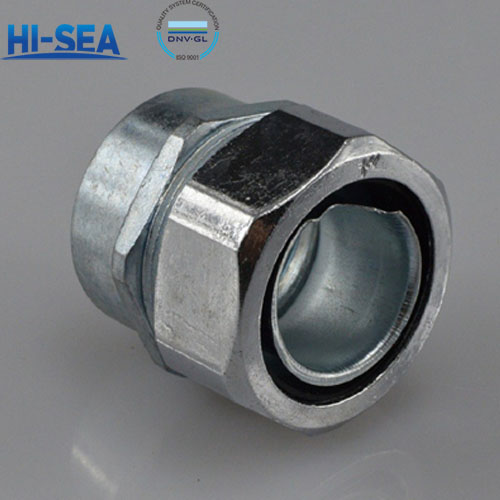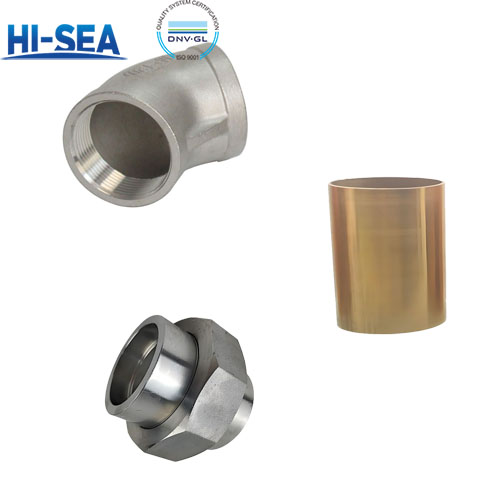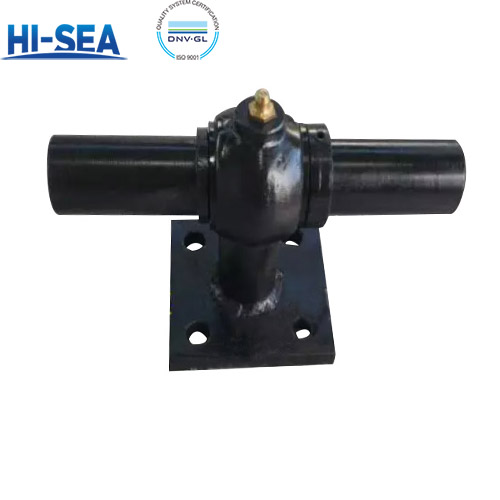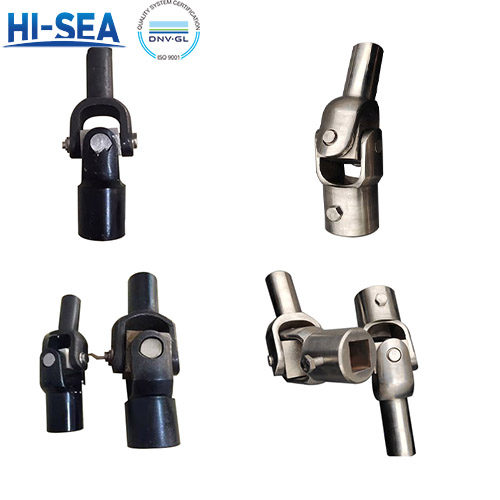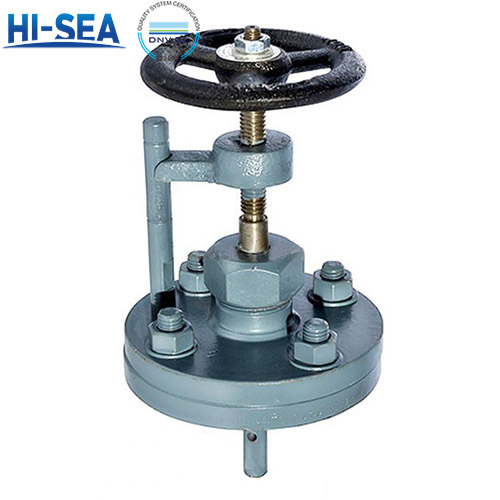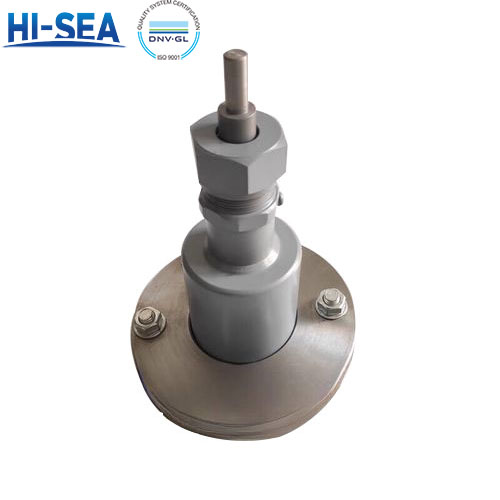
How To Choose A Pipe Joint
In piping systems, joints play an indispensable role, especially in environments that require frequent disassembly, replacement or maintenance. Therefore, the selection of suitable pipe joints is crucial to ensure the safe operation of the piping system. When selecting pipe joints, it is necessary to determine the most suitable type of joints according to the specific requirements of the piping system.
Overview
Factors affecting the selection of fittings
Pipe material and working environment: the joint material should be compatible with the pipe material to avoid chemical reaction or corrosion. Considering the working environment: such as high temperature, high humidity, high corrosiveness, etc., choose the joint material that can adapt to these conditions. Working pressure: choose the right type of joint according to the working pressure of the piping system. High pressure systems require more robust fittings. Temperature factors: High-temperature systems require fittings that can withstand heat to prevent leakage caused by thermal expansion. Installation and Maintenance Requirements: Consider the ease of installation and maintenance needs of the coupling. Vibration and movement: If there is vibration or movement in the system, consider the displacement effects of vibration. Standards and quality: Select couplings that meet international standards and are of reliable quality to ensure stable product performance and good after-sales service.
Selection of pipe joints
Selection by connection method: Welded joints: connecting pipes together by welding, suitable for high pressure, high temperature and other harsh conditions.Flange joints: connected by flanges and bolts, suitable for piping systems that require frequent disassembly and maintenance.Threaded fittings: connecting by threads, suitable for small pipes and low pressure systems.Ferrule fittings: use a ferrule and nut fastening for quick installation and dismantling.Quick couplings: designed for quick connection and disconnection, often used where frequent operation is required.
Selected by structural form: Straight joints: used to connect two straight sections of pipe.Elbow: to change the direction of the pipeline, commonly used 45 degrees and 90 degrees elbow.Tee: connecting three pipe branches, divided into equal diameter and tee and reducer tee.Four-way joint: connecting four pipe branches. Size head: used to connect different diameters of pipes.
Selection by material: metal fittings: such as stainless steel, carbon steel, copper, etc., suitable for high-pressure, high-temperature environment. Plastic joints: such as PE, PP, PVC, etc., suitable for low pressure and corrosive media. Rubber joints: with good flexibility and sealing, suitable for piping systems with large vibration and displacement.
Selection by function: Sealing joints: used to ensure the sealing of piping system and prevent leakage. Expansion joints: can compensate for the thermal expansion and contraction of pipelines and displacement changes. Vibration-damping joints: used to absorb pipeline vibration and reduce noise and vibration transmission.
Low-pressure and small-diameter piping systems: threaded fittings and clamp fittings are often used. High-pressure and large-diameter piping systems: often use flange joints and welded joints. Frequent disassembly and maintenance: quick couplings and clamp fittings are more suitable.
